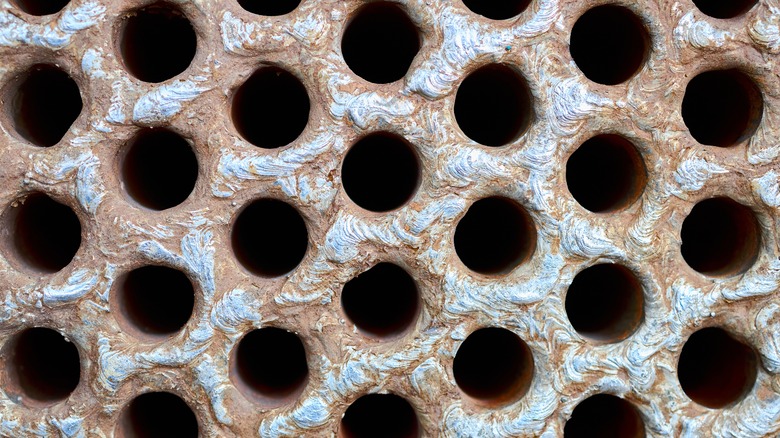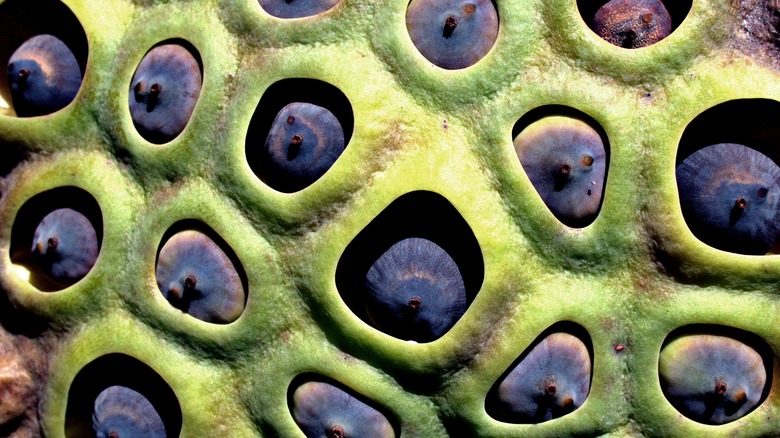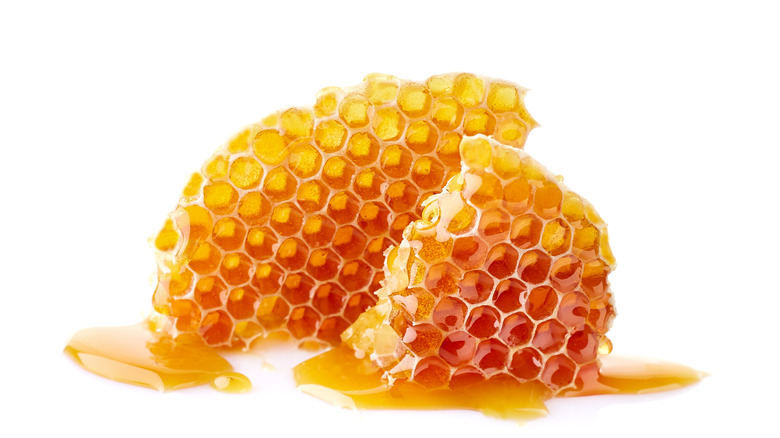What Is Trypophobia?
Some people have an irrational fear of spiders, commonly referred to as arachnophobia. Others may have an extreme fear of clowns (coulrophobia), tight spaces (claustrophobia) or even heights (acrophobia), according to Medical News Today. But while each of these experiences focuses on a different trigger, they share a common thread: each is accompanied by a strong, irrational fear of the trigger or element of their phobia. Living with a phobia can be challenging, causing distress, anxiety, and extreme discomfort anytime a trigger is present.
Does the sight of a sponge fill you with an extreme sense of disgust? Do you love the taste of pomegranates but can't look at them without feeling like you want to toss your cookies? You can rest assured that you're not the odd man out. While these may seem like odd situations, for many people, these two scenarios are just an example of a number of daily occurrences where groups or patterns of tightly packed holes create a disturbing and overwhelming sensation of disgust or even fear (via WebMD).
What is trypophobia?
Commonly referred to as trypophobia, the condition causes an individual to experience any of an array of negative feelings when presented with an object or experience where there are closely packed holes. Additionally, while most triggers for trypophobia involve holes or the appearance of holes, individuals who experience trypophobia can also feel triggered by clusters of bumps or even patterns that resemble holes, according to Everyday Health.
WebMD explains that the term trypophobia is a product of the combination of the Greek words "trypta" (hole) and "phobos" (fear). However, while the name includes the term phobia, the condition has not been recognized by the Diagnostic and Statistical Manual of Mental Disorders (DSM) as an actual phobia. The DSM classifies phobias as a type of anxiety disorder, according to Psych Central. However, while WebMD says that individuals who experience trypophobia can exhibit the same symptoms as those experiencing an anxiety attack, experts believe that the phobia is more related to disgust than actual fear.
Triggers and symptoms
There are a number of things that can serve as triggers for individuals who experience trypophobia. For some, things like bubbles, Swiss cheese, or honeycomb can cause an intense experience of agitation, disgust, fear, and anxiety (via Healthline). Other individuals may find showerheads, air holes present in bread slices, or even spotted animals to be a triggering event (via WebMD). Other textures that give a bumpy appearance can also be triggering for individuals with trypophobia, such as a cluster of eyes or pebbled roads, though this list is far from exhaustive and all-inclusive (via Healthline).
The symptoms of trypophobia can be very similar to those that occur when an individual experiences a panic attack. They can include sweating, shaking, nausea, itching or the sensation that the skin is crawling, and an increased heart rate (via WebMD).
The causes of trypophobia are debated among researchers, with some believing that it derives from a subconscious fear of dangerous elements (via WebMD). However individuals who have already been diagnosed with a mental condition such as bipolar disorder, major depressive disorder, or anxiety disorders show a higher risk for experiencing trypophobia.



